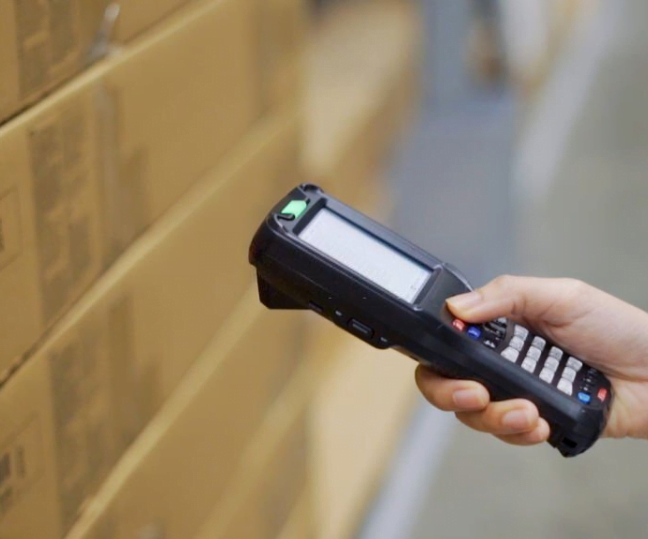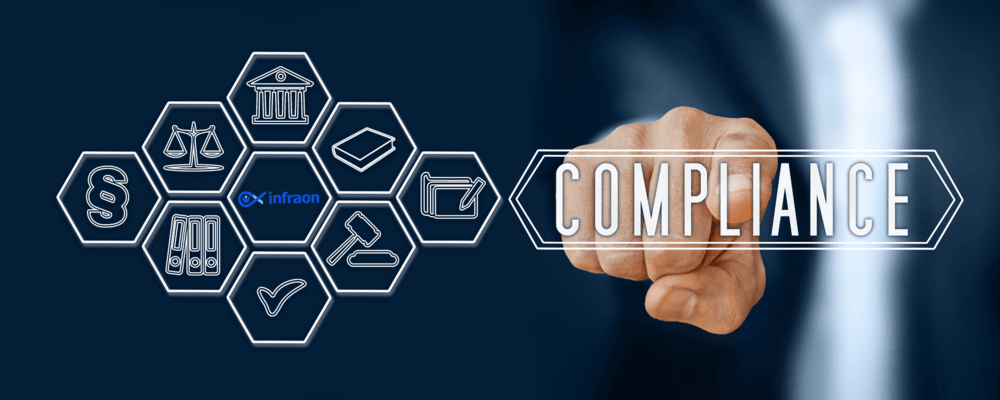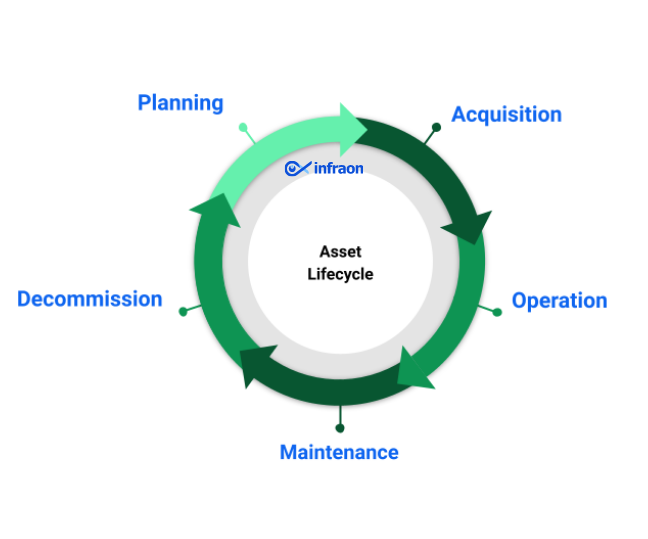When your company has hundreds or even thousands of physical assets, it’s essential to know where these assets are located and their operational status. Otherwise, you have to deal with outages and compliance issues that can create drastic business implications. From computer monitors to industrial equipment, tracking and controlling your assets with asset tags is critical to your company’s bottom line.
At some instances, physical assets are frequently out in the field for use, undergo repairs, sold, updated, removed, or stolen. You may face challenges while tracing your asset’s location and condition during these circumstances. But with the help of an asset management system that utilizes asset tags or labels, you can easily trace and review your assets in a hassle-free way.
Asset tagging offers an adaptable and scalable method for automatically locating and classifying the assets in your environment and guarantees that your scans and reports are constantly in sync with your changing business environment. Asset tagging has proven to be faster, less expensive, and more accurate than manual data collection techniques for tracking your assets and gathering their data. With durable asset tags that can be read even in the toughest environments, you can keep an eye on your physical assets without worrying that your label may fall off or fade.
What is an Asset Tagging?
Asset tagging is the process of attaching labels or tags to assets in order to uniquely identify each one and track data, such as location in real-time and maintenance history. Both fixed and mobile assets that are dispersed over several locations and warehouses might be given these tags. You can also use it to get a complete view of your assets. By attaching tags and labels to assets, you can not only locate the assets in real-time but also extract data on purchase history, maintenance schedules, as well as depreciation value and record it in a digitized asset register.
Furthermore, research suggests that the market for asset tracking technology will reach $36 billion by 2025. And with today’s digital revolution, asset tagging solutions are expected to become faster, smarter, and even more efficient when used alongside a computerized system such as asset tracking software.
Why Asset Tagging is Important?
Regardless of size and industry, asset tagging is important for every organization as it helps in delivering productive work. Without asset tags, the location and history of the asset must be recorded manually, which is prone to human error and inaccuracy. Additionally, when using manual processes, assets are more likely to be incorrectly identified, leading to erroneous data. But, with the help of asset tagging, each asset that has been affixed with a tag can be identified and found instantly.
A key advantage of tagging assets with trackable tags and labels is – it provides the ability to always know where they are. By making this information easily accessible in an asset registry, businesses can eliminate the risk of losing crucial assets for generating revenue. Whether it be inventory, machinery, or replacement parts. By keeping track of your assets digitally, the asset tagging technique can help reduce the costs of replacing lost or stolen items. Asset tagging not only allows you to identify your assets but also provides additional benefits for organizations, including the following:
- Increase employee and equipment efficiency
- Minimize equipment downtime through improved planning
- Prevent theft and improve product security
- Help manage potential compliance needs
Asset Tagging Best Practices
Asset tagging is not an easy task. Many elements come into the picture, such as the type of assets you want to tag, the requirements that an asset tag must meet, and the information that must be on the label. To help you simplify the process, here we are providing some asset tagging best practices:
Identify the asset type and category
Identification of the asset type and category is the initial stage in asset tagging. If you’ve already established an asset tracking system, you probably have a schema or methodology for classifying assets, including asset types and categories. Making this categorization system is crucial if you’re putting an asset tracking system into place for the first time to ensure consistent categorization over time. Assets can be categorized according to a department, cost, use, or various other factors.
Here are some examples of physical asset categories:
- Furniture
- IT equipment such as computers and laptops
- Audio-visual equipment
- Technical equipment such as power supplies, air conditioning units
Assign a unique identification number

Once the type and category of an asset have been highlighted, it’s time to start assigning a unique identification (ID) number. This specific ID facilitates control over processes like reordering, maintenance, and accounting by differentiating individual assets from those of the same type and category.
There may be codes in unique identification numbers that specify the type of asset or the department that owns it. For example, assets under the control of the accounting department might have the prefix 014, while those under the control of the HR division might have 013. This method made it easy to determine important information about a product by only looking at the tag.
Choose a suitable tag
There are several options available when it comes to tagging assets. But it’s crucial to understand that each asset tag has unique qualities. This implies that a tag that might be appropriate for one item might not be appropriate for another. So, before prioritizing the tags, you need to consider various factors such as their durability in environmental conditions and their security capabilities. There are numerous IT asset tracking tools that can be used to track assets effectively, including:
Barcode – Barcode technology is simple and relatively inexpensive. This is a significant benefit of barcodes. The drawback is that it must be scanned in a straight line in order to be read; otherwise, it won’t be.
QR Code – The application of QR Code technology began in the automotive sector; later, it gained considerable popularity before becoming one of the primary asset tracking systems. The prominent features of this type of label include fast readability and greater storage capacity compared to other asset tags.
RFID – An RFID tag is a tiny electronic object made up of an antenna and a chip. One of the main benefits of employing RFID tags is that they don’t require a direct line of sight between the product and reader to work. This allows employees to scan assets in a warehouse without having to travel there in person.
These are the widely used technologies. However, there are some other technologies that are expensive, such as NFC (Near field communication) tags, GPS (Global Positioning System), BLE (Bluetooth Low Energy), and IoT (Internet of Things). But you must choose the right technology as per the budget and requirement.
Enter basic information about the asset
When assigning tags, you must enter the correct data that matches the intended asset. By doing so, you can easily create a detailed profile for each item that can be accessed through an asset tagging system.
Furthermore, while creating the tag, you need to take note of some essential information such as:
- The serial number
- The manufacturer or provider
- The date of purchase
- The location of the asset
- The department to which it belongs
- Its condition and value
Apply asset tags
Once the tag is prepared, you must attach it to the assets. The type of asset and label determine the different attachment methods. While some asset tags use mechanical attachments, others use pressure-sensitive adhesive. Some asset tags offer both attachment options. If you have the choice between mechanical or adhesive attachments, pick the one that is best for the asset or the one that is mandated by company policy.
Asset tagging must be done with software
The use of asset management software is the most crucial best practice for asset tagging. Utilizing software asset management tool with asset tagging reduces the complexity of the process and makes it relatively simple. This method helps you gain access to a wealth of useful information that will improve the productivity of your assets and help you manage them more effectively. Furthermore, you can use this data’s analytics to improve asset performance and make informed decisions rather than passively making assumptions.
Implement quality and verification processes
The final step of asset tagging is implementing internal mechanisms to tag upcoming equipment. If new tags are required, decide who will create them; instruct your team not to move assets without first registering them; prevent unauthorized changes; and integrate the IDs across all of your organization’s software, including the maintenance management software.
Final Thoughts
Whatever approach you decide to use, consider that asset tagging can be a big commitment in terms of time, human resources, as well as a financial outlay. However, when implemented properly and systematically, it also has the potential to spark extensive changes throughout an entire business. Besides that, it is also possible that the resources you initially put into establishing your asset management program will see a huge return on investment over the months and years to come.



















